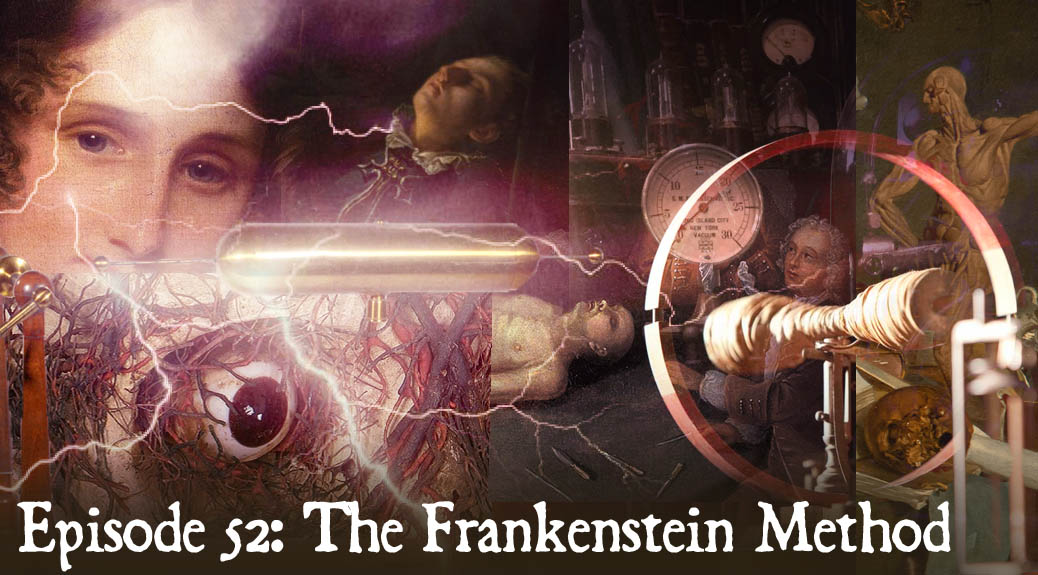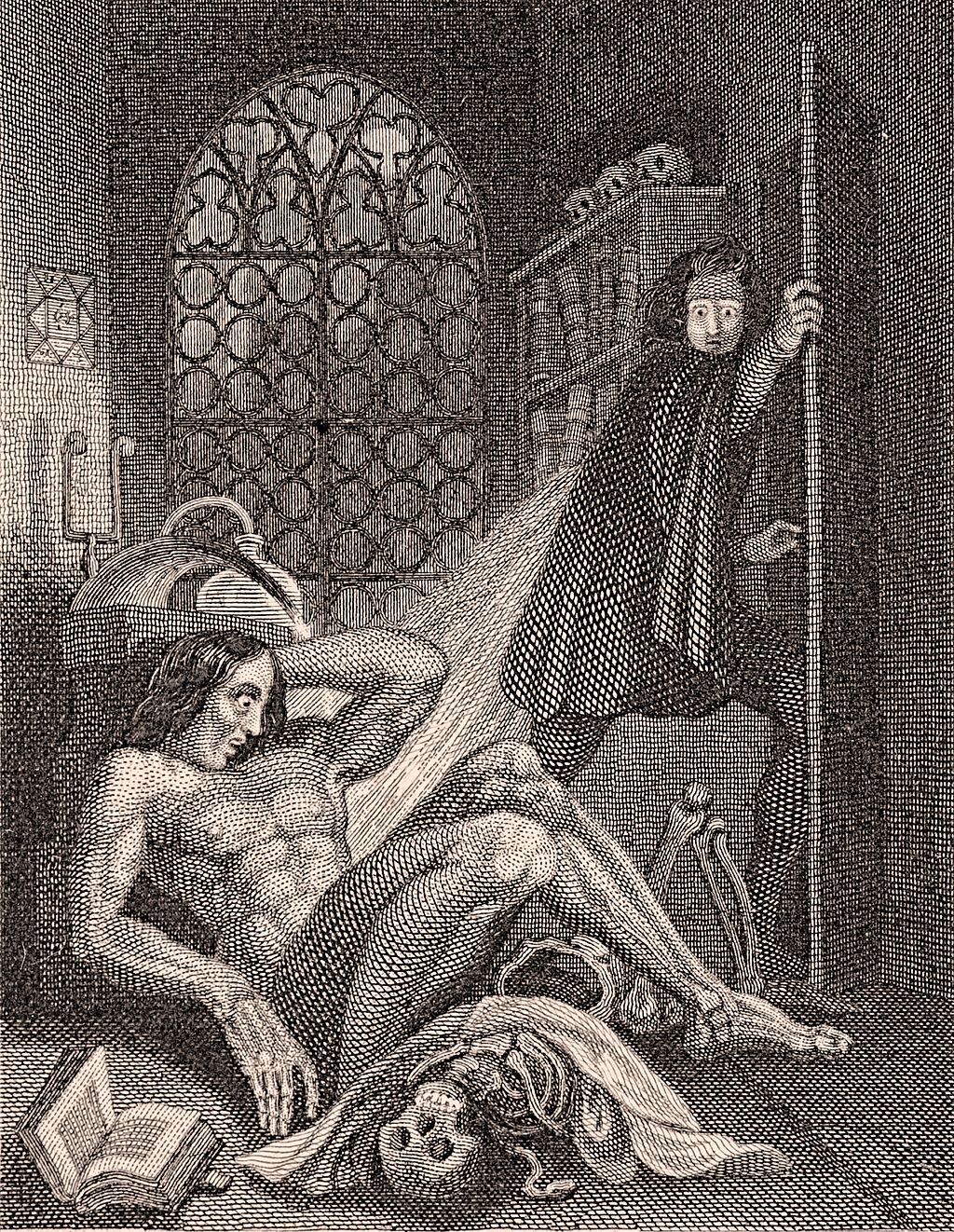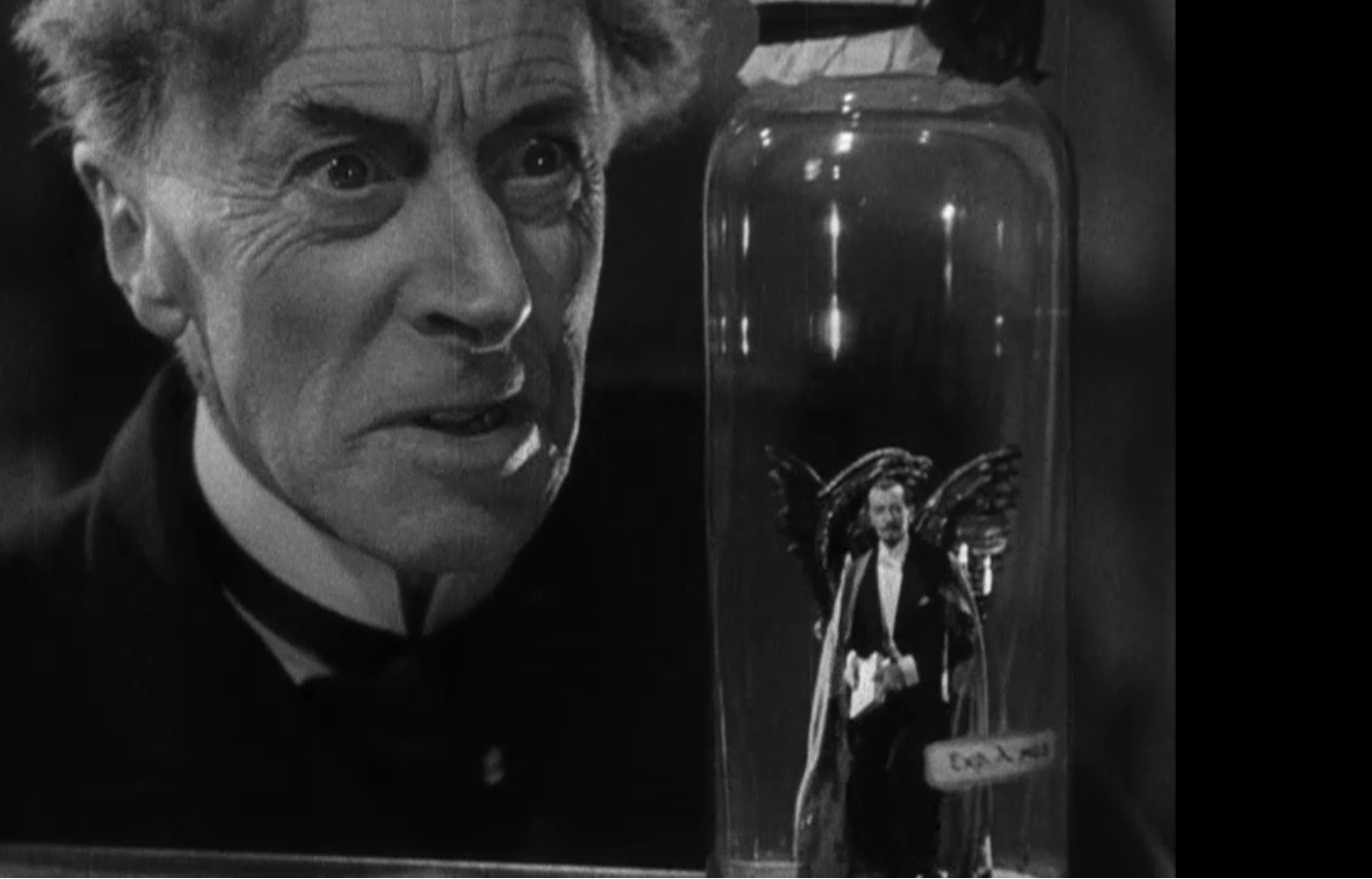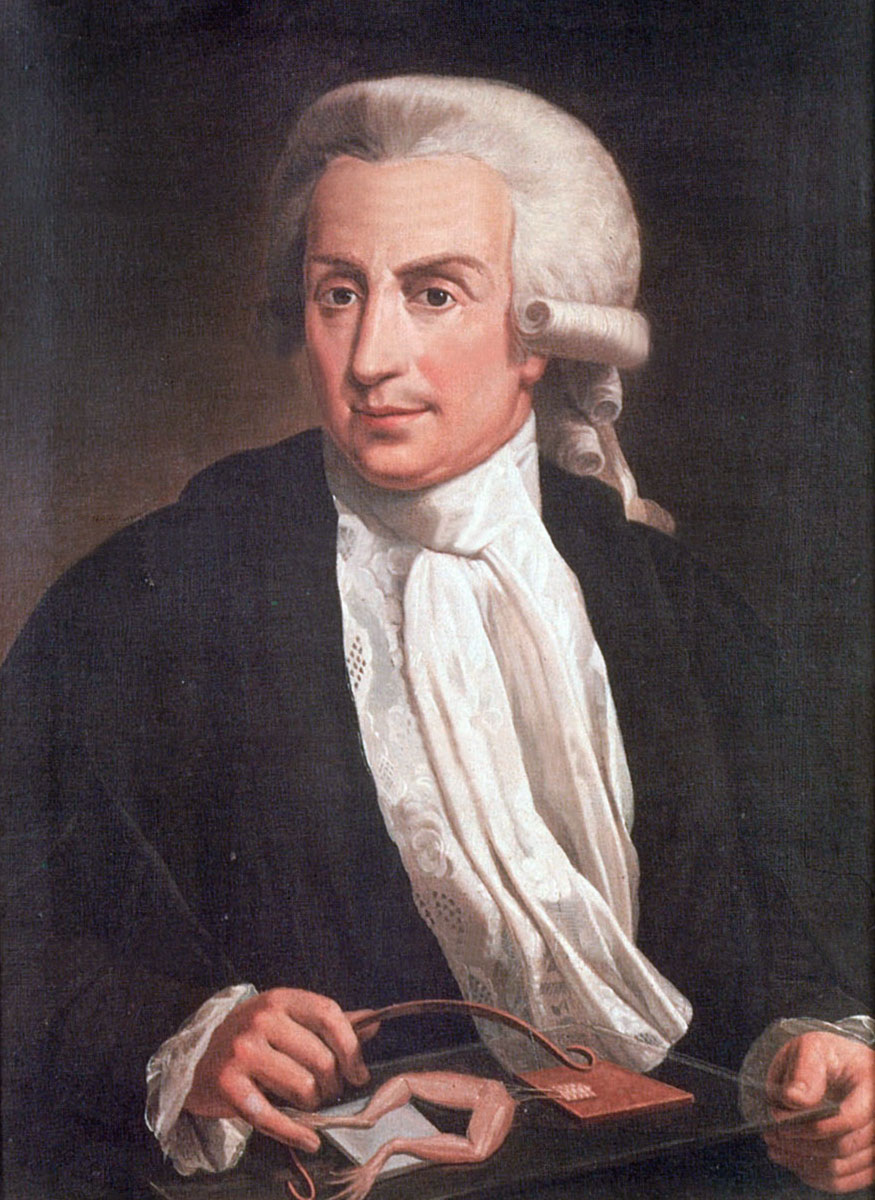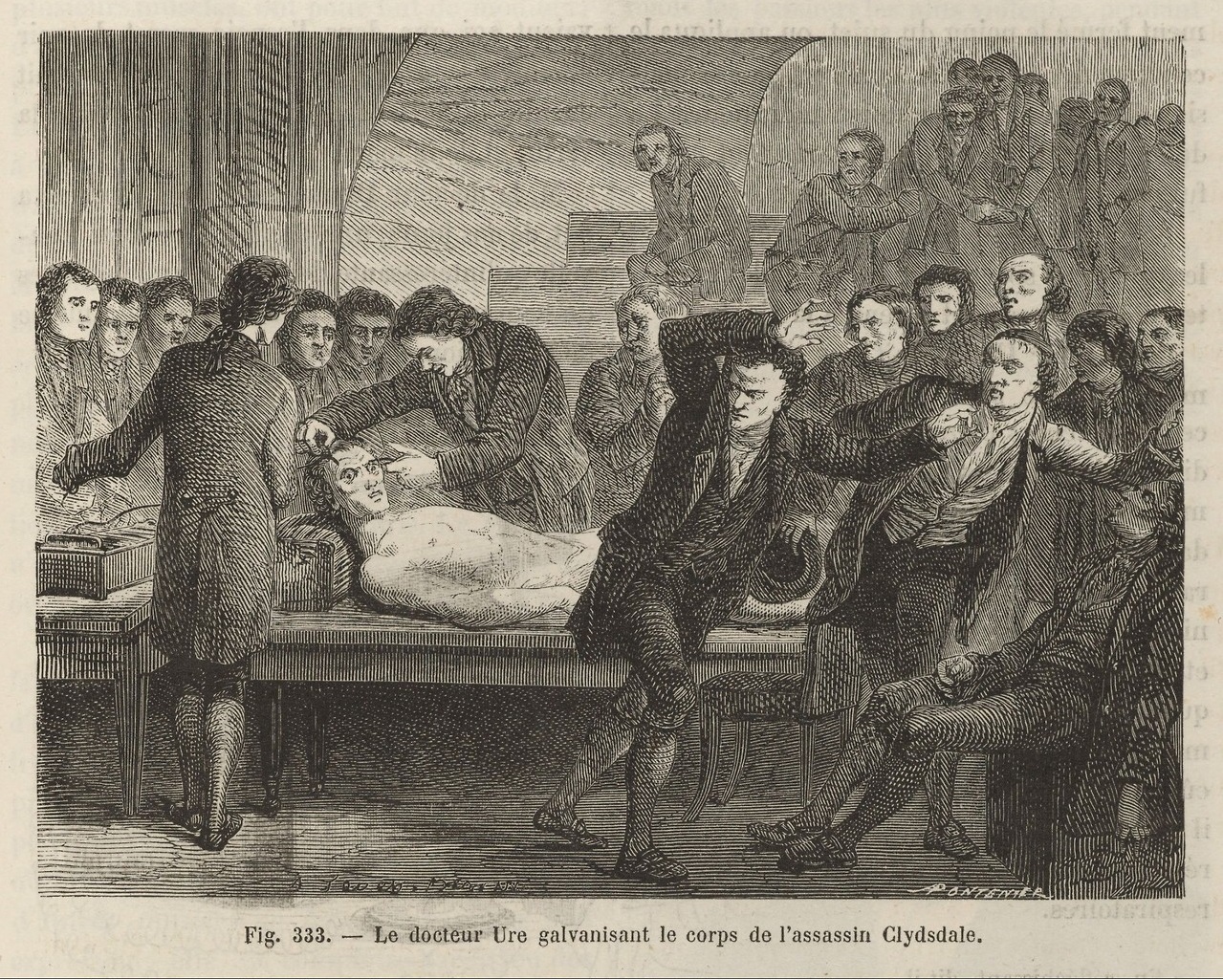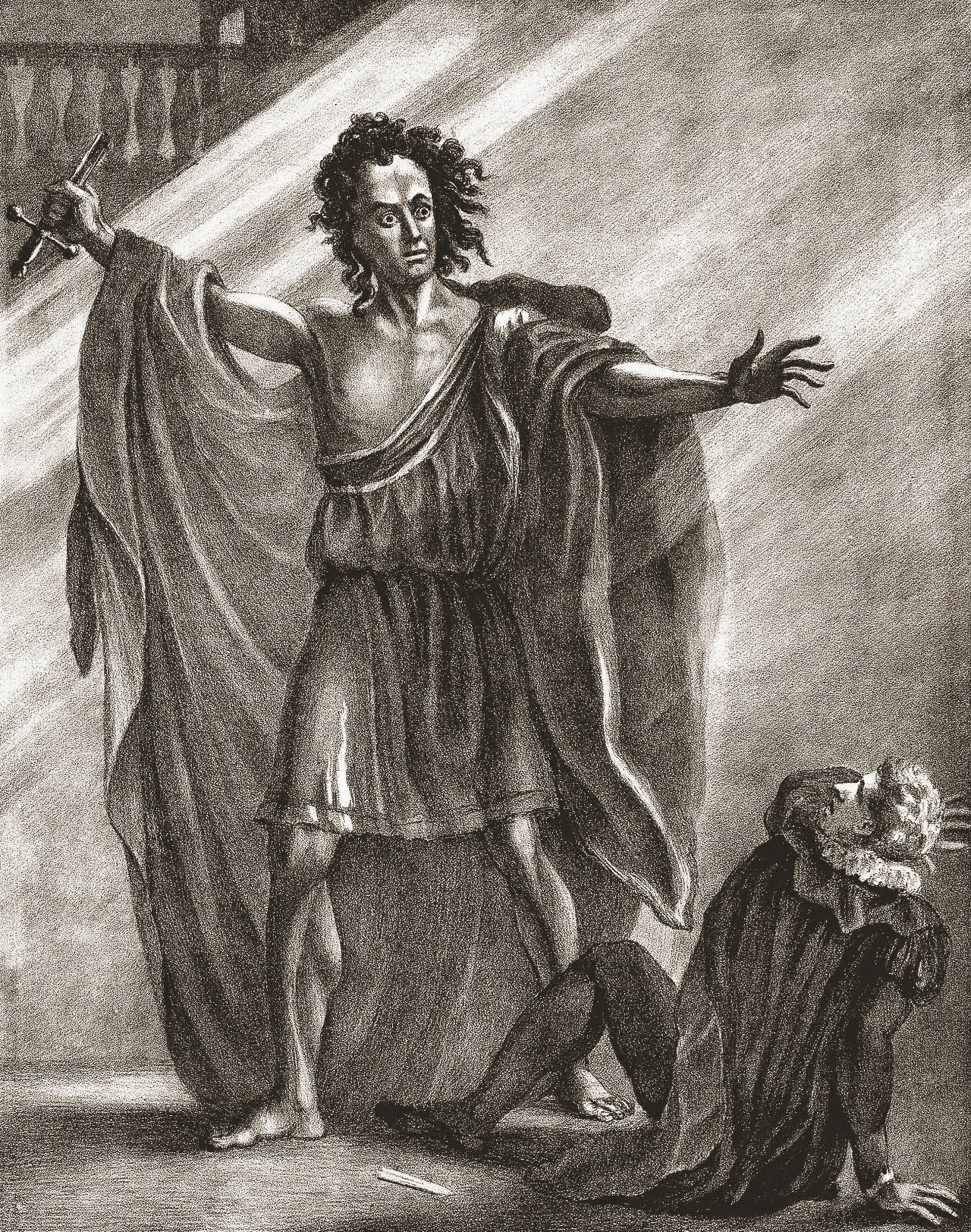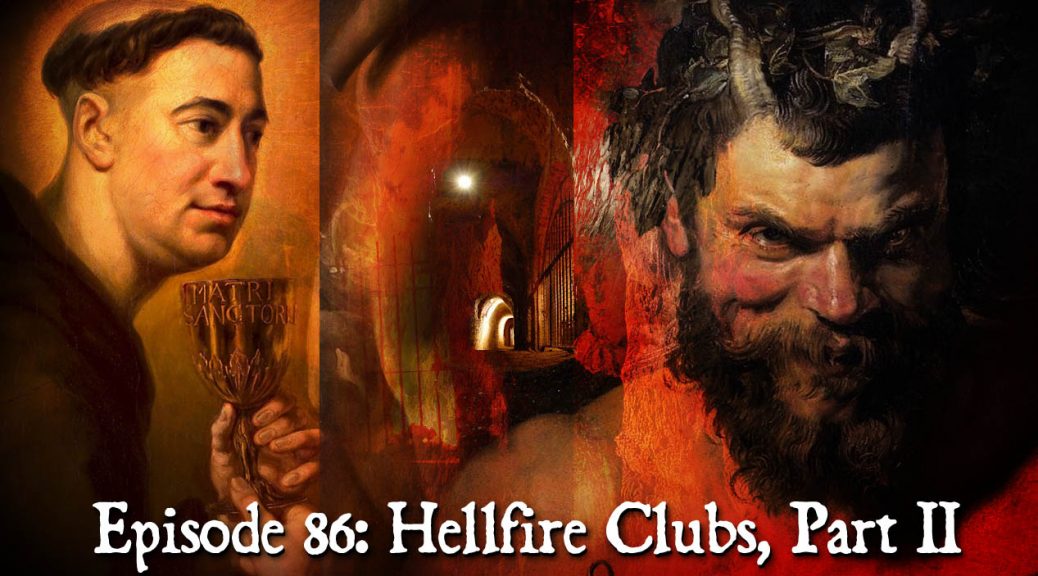
The Hellfire Clubs, Part Two
Podcast: Play in new window | Download (Duration: 55:00 — 62.9MB)
Subscribe: Apple Podcasts | Spotify | Android | Podchaser | RSS | More
The best known of the 18th-century Hellfire Clubs, one founded by Francis Dashwood, is largely remembered today because of the theatrical settings in which they were said to gather, namely a ruined abbey and a network of caves. The latter is represented in the 1961 period drama, The Hellfire Club, from which we hear a brief snippet (although other details and characters of the film are strictly products of the screenwriter’s imagination.)
Francis Dashwood was born into privilege, son of a Baronet, whose title and estate in Wycombe (in Buckinghamshire county, about an hour northeast of London) he inherited at the age of 15. His various social connections saw him appointed to various positions, including Chancellor of the Exchequer and Postmaster General, but his reputation in such roles was generally one of incompetence. This, however, was balanced by his peculiar genius for organizing social clubs.
We discuss two groups he founded before his “Hellfire” days, The Society of Dilettanti, and The Divan Club, both groups dedicated to exploring the culture of lands far from England: the first dedicated to the exploration of the classical heritage of Greece and Rome, and the latter devoted to the lands of the Ottoman Turks.
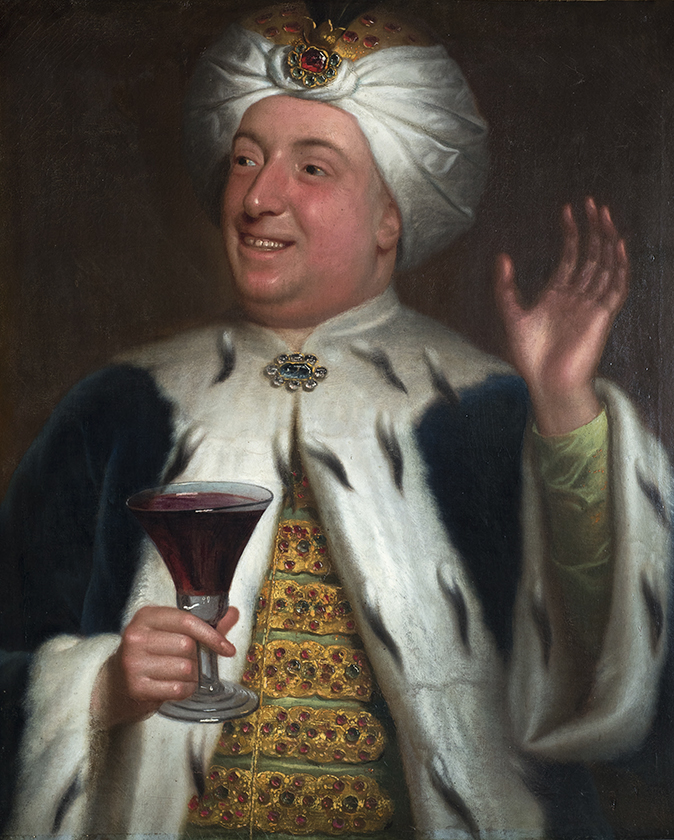
Social groups such as these were referred to as “dining clubs,” though “drinking clubs” would likely be more accurate. The Society of Dilettanti seems to have exhibited a particular devotion to “Venus” and “Bacchus” (polite jargon of the era for erotica and more drinking.) The Dilettanti’s delight in forbidden themes expressed itself in certain “devilish” elements of club ritual prefiguring Dashwood’s “Hellfire” years. In some anecdotes about Dashwood’s travels abroad, told by Horace Walpole, we hear of some likewise impish and irreligious behavior.
In 1752, Dashwood turned his attention to his most famous creation. Actually, he never called it “The Hellfire Club”; instead it was referred to (among other names) as The Brotherhood of St. Francis of Wycombe — a mocking reference to the Catholic saint of Assisi. Dashwood had several portraits painted portraying him as a questionable monk, including this one by William Hogarth:
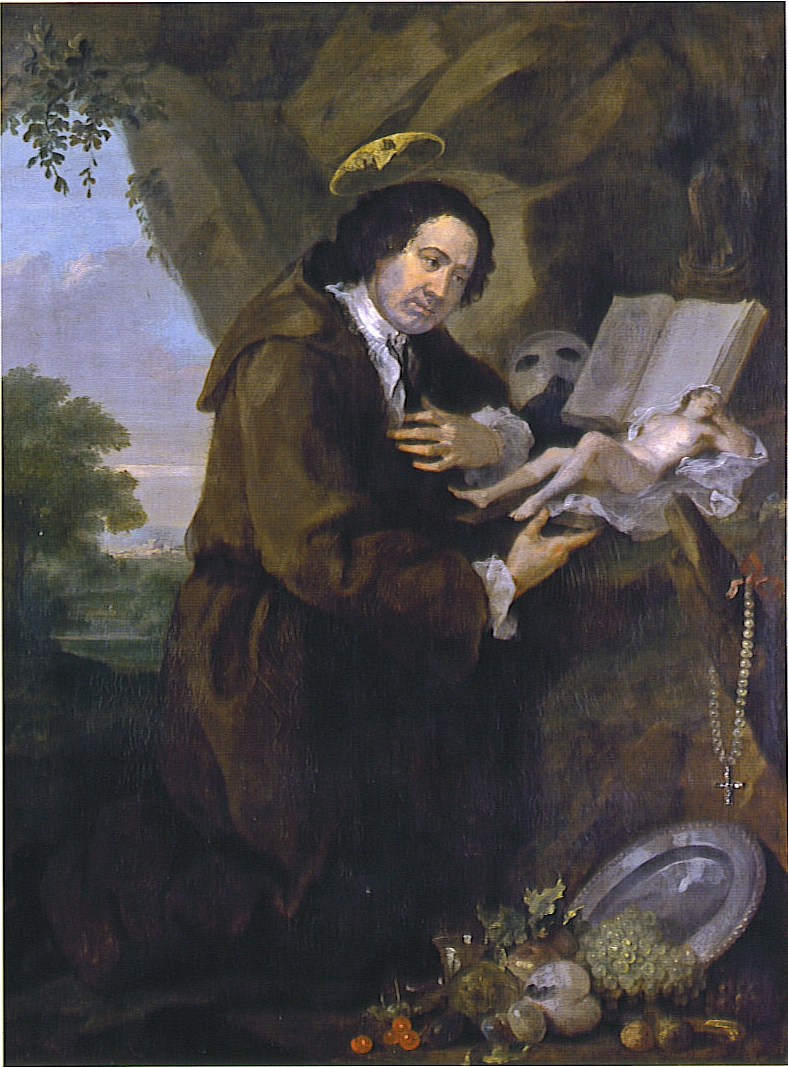
(The image in the episode collage likewise represents Dashwood as St. Francis, this one from his Dilettanti years.)
After an abortive start holding meetings on his estate, Dashwood moved the group to the George and Vulture Inn in London, then in 1751, after leasing an old abbey 10 miles south of his estate in Medmenham, he relocated gatherings there, at which point, the group became known as the Monks of Medmenham.
To supervise restoration of the abbey, Dashwood hired Nicholas Revett, a pivotal figure in the revival of classical Greek architecture in England, a movement, Dashwood embraced with uniquely idiosyncratic abandon.
We hear of a number of eccentrically pagan additions Revett added to Dashwood’s estate, and Mrs. Karswell reads a contemporary report on the dedication of a Temple of Bacchus on the grounds, complete with costumed fawns and satyrs. We also hear about the curious interest he took in Wycombe’s Church of St. Lawrence, hiring Revett to complete a restoration modeled on a pagan temple in Syria. He also had an enormous golden ball added to the church steeple, one reputedly large enough to accommodate Dashwood and several Hellfire cronies, who would gather there to drink.
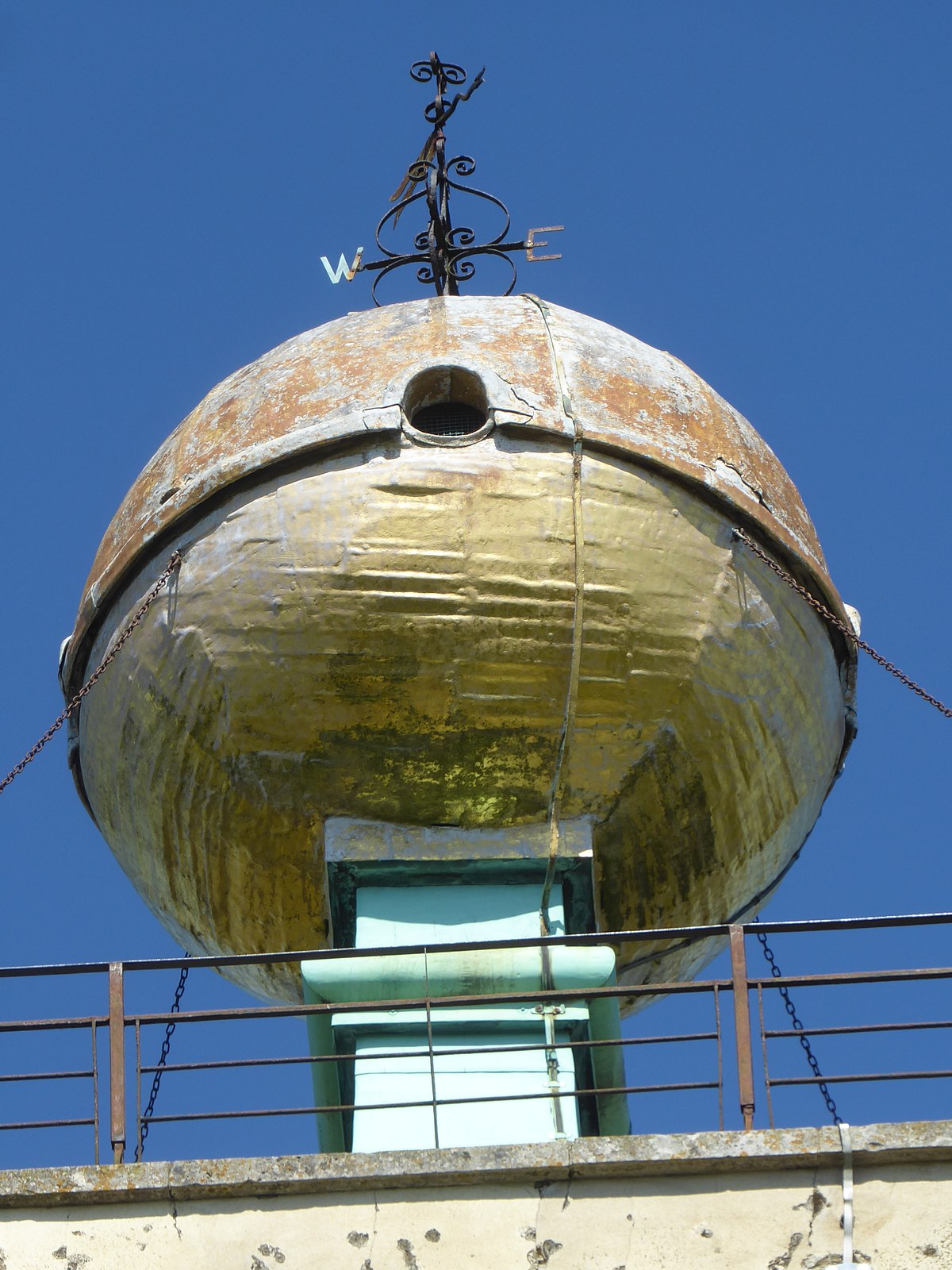
As for rumors of sexual escapades attached to the club, we explore some clues provided a 1779 volume surveying London’s brothels entitled Nocturnal Revels. While some of this may just be salacious rumor, the libertine law of Dashwood’s “order” was literally set in stone, carved over the entrance: Fais ce que tu voudras, (“Do what you will”.)
The phrase is borrowed from 16th century French satirist François Rabelais, himself a former monk who satirized the Church and society at large, in his series of connected novels Gargantua and Pantagruel. In the former, Rabelais imagined a libertine monastery with the phrase inscribed over its entrance, an idea borrowed by Aleister Crowley in his imagining of an Abbey of Thelema (his religious system built around the concept of the will or thelema in Greek.)
While Dashwood’s primarily playful attitude clearly distinguished him from Crowley and other serious occultists, there were rumors of secret rituals practiced by an inner circle of the monks, as we hear in another description provided by Horace Walpole.
The inner circle of Dashwood’s group, known as “the Superiors,” was restricted to 12 members plus Dashwood, the number being either an irreverent reference to Jesus and his twelve disciples or the number in a witches’ coven. The general membership included a alarming number of elite figures, a half dozen or so Members of Parliament, prominent writers, poets, the son of the Archbishop of Canterbury, and Frederick Prince of Wales, the eldest (estranged) son of George II. We also hear of Benjamin Franklin’s involvement with Dashwood.
Two particular members are discussed in a bit more detail: John Wilkes and John Montagu, whose personal feud spelled the end of the club and involved a particularly outrageous stunt said to have been perpetrated by Wilkes.
Wilkes was a radical politician whose published remarks on a speech by George III resulted in charges of libel and him briefly fleeing the country as an outlaw — an incident which endangered the Monks by his association. His nemesis was John Montagu, better known as the Earl of Sandwich (and here we provide the origin story of that particular culinary innovation.)
At some point around 1750, Wilkes published obscene parody of Alexander Pope’s poem, “An Essay on Man,” called “An Essay on Woman,” one which targeted Montagu’s well known mistress Fanny Murray as its subject. In revenge, Sandwich chose to read before Parliament particularly obscene passages from Wilkes’ satire, resulting in further charges against his rival. Wilkes reciprocated by publishing further exposes of the group, generating further controversy ultimately leading Dashwood to close the abbey headquarters in March of 1776.
While there were serious political differences between Sandwich and Wilkes, the real cause of their hostility, so goes the story, lies in an absurd stunt referred to as “The Affair of the Baboon,” a detailed account of which Mrs. Karswell provides from an 18th century source.
Though there are no historical records documenting this, a strong tradition holds that after ending meetings at the abbey, Dashwood moved gatherings into a network of manmade caves on his estate (tunnels excavated for chalk).
This tradition is documented as early as 1796, when a diarist (Mrs. Philip Powys) describes a visit to the caves, noting a hook for a chandelier, likely to have been the “Rosicrucian” chandelier, Dashwood elsewhere described. She also mentions an underground pool supposedly known by the Medmenham monks, as “The River Styx,” a large central chamber that became “The Banqueting Hall” and other small rooms nicknamed “Monks’ Cells.” A gothic facade fronts the caves.
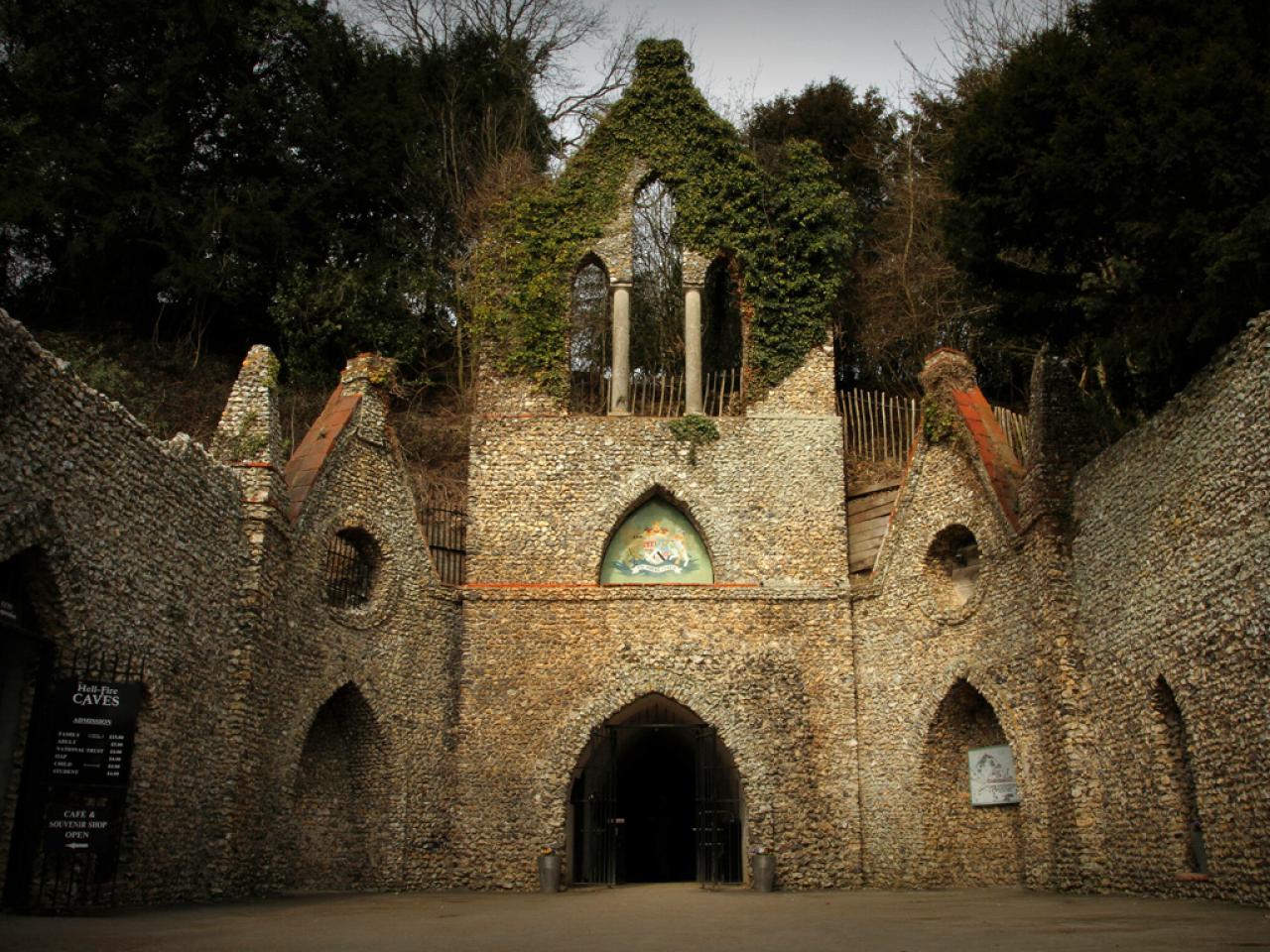
Throughout the 19th century, local legends of occult doings in the caves grew evermore fantastic, as we hear in a few quotes read by Mrs. Karswell. By 1951, a descendent of Francis Dashwood, Sir Francis John Vernon Hereward Dashwood, who had inherited the family’s West Wycombe properties, struck upon the idea of transforming the caves into a tourist attraction, advertising the tunnels as “The Hellfire Caves.” Though ultimately successful, we hear some contemporary newspaper accounts voicing concerns by local residents and clerics about evil forces awakened from within the caves through these activities.
Our episode ends with a ghost story told of Francis Dashwood’s best friend and fellow Monk, Paul Whitehead, something involving removing Whitehead’s heart.
CONTEST INFO:
For information on the Patreon giveaway please visit: https://www.boneandsickle.com/2022/03/30/patreon-raffle/
